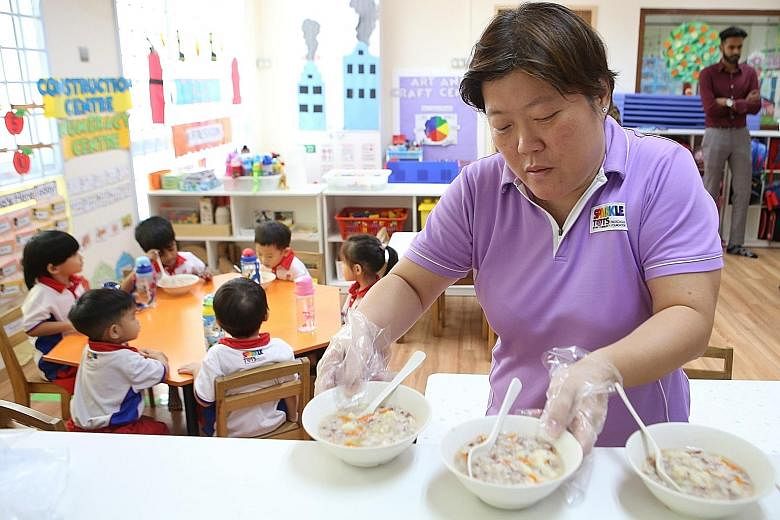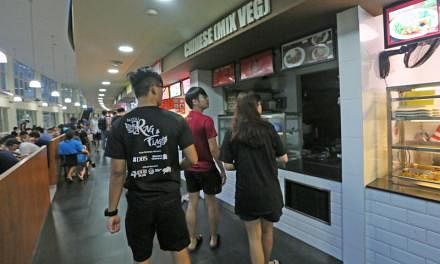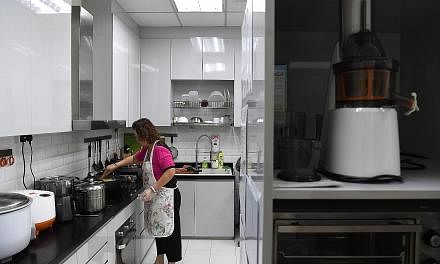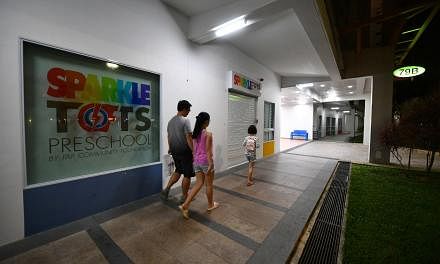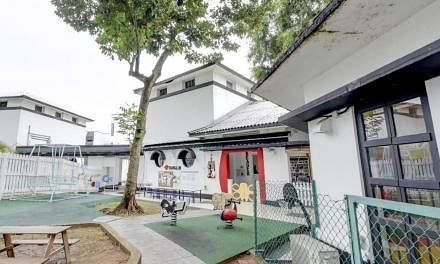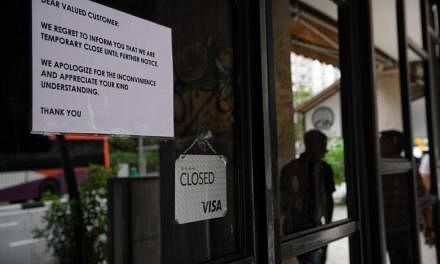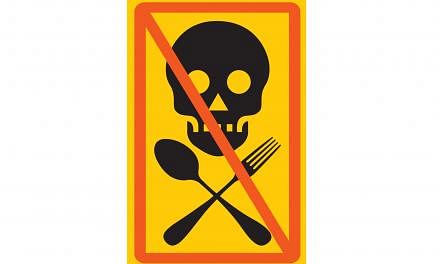Just like the genetic databases used by police to nab offenders who leave their DNA at the crime scene, experts in food-borne diseases are setting up a global data bank to help them identify, track and treat outbreaks fast.
The effort will see laboratories and clinics around the world sharing the DNA of various strains of diseases (including food-borne diseases), and it promises to transform the way food-poisoning cases are contained.
The process hinges on whole-genome sequencing, the process of determining the DNA sequence of an organism's genome at one time.
This would allow every microorganism in a patient, food or an animal to be identified and typed within hours, by checking it against the global database.
It would enable an almost perfect global surveillance of all diseases caused by micro-organisms, say the advocates of such a database.
"This sequencing is going to revolutionise the way we investigate outbreaks and the way we do disease surveillance," said Dr Peter Ben Embarek, a scientist in the Department of Food Safety and Zoonoses (diseases spread between animals and humans) under the World Health Organisation (WHO).
The project was announced at the 12th meeting of the Global Microbial Identifier (GMI) Conference.
More than 250 scientists and experts from all around the world, including WHO and Food and Agriculture Organisation representatives, met at Nanyang Technological University (NTU) yesterday to discuss new ways to combat food poisoning.
-
How to prevent food poisoning
-
KEEP CLEAN
While it is important to wash your hands before meals, it is equally important to wash your utensils, as it reduces the possibility of being exposed to germs and bacteria while eating.
HEAT YOUR FOOD TO ABOVE 70 DEG C
It will help to kill the existing bacteria in food, making it safe for consumption.
TO STORE FOOD, COOL IT BELOW 5 DEG C
Keeping food warm can help bacteria to grow. Stored food should be chilled below 5 deg C.
SEPARATE RAW AND COOKED FOOD
Raw food contains bacteria that should be kept away from food meant for consumption.
USE SAFE RAW INGREDIENTS
Raw ingredients, such as fish and even water, should be clean to ensure good hygiene.
Rosalind Ang
While the details are still being worked out, the ambitious plan comes at a time when cases of food-borne diseases, such as salmonella, are increasing.
Over the past decade in Singapore, the frequency of salmonella disease in humans has increased four to five times, mostly originating from imported food.
In March's gastroenteritis outbreak, 13 PCF Sparkletots pre-schools and Plan Student Care Centres were hit with salmonella, affecting 259 children and staff.
The DNA database would help hospitals, clinics and animal laboratories detect, track and monitor human, animal and food-related communicable diseases.
"Before that, it took time before we could isolate bacteria, but now we can very quickly isolate and identify more details of each bacteria (species). It will help us to prevent future outbreaks and reduce the number of people who get sick," added Dr Embarek.
The database will be managed by GMI's network of scientists and healthcare experts from 50 countries. It will contain the full genomes of all investigated microorganisms and provide quick characteristics and treatment options of micro-organisms when they are detected in sick patients or food.
Although consumers can take steps to avoid getting sick from food, it is sometimes beyond their control, said Professor Joergen Schlundt, of the NTU Food Technology Centre, who spoke at the conference.
"We often say food safety is the responsibility of the consumer, but food safety is mostly the responsibility of the food industry and the authorities in the country. If the meat is already contaminated, no amount of precaution can keep consumers safe from diseases," he said.
The database is seen as a centralised "one health" surveillance solution to control food-borne or other disease outbreaks efficiently.
